Throughout our health journey, we have experienced and purchased many health tools with big claims and plenty of “studies” to back them up. Sometimes, studies can be misleading and create a placebo effect. Unless we are careful, we can be misled by that information. Some of the studies we reference or showcase to prove a point, are often biased and funded specifically by individuals looking for a desired effect.
Our goal is to remain objective and test products that work, that are not just effective, but that are essential to our well-being. As much as we can, we provide our unbiased experience (based on research and personal experience).
Table of Contents
- Modern Society and the Sunlight Problem
- How Do We Beat the Winter Blues and Vitamin D Deficiency?
- What is Vitamin D?
- Low Vitamin D and “Autoimmune Conditions” Including Rheumatoid Arthritis…
- Muscles Starve in the Absence of Vitamin D
- Vitamin D Supplementation
- How Do We Restore Our Vitamin D Levels?
- Using a Sun Lamp
- Conclusion
- References

Modern Society and the Sunlight Problem
In today’s modern society, many of us have to be stuck indoors all day due to either our job or personal comforts. Sometimes we can only expose ourselves to a few minutes of sunlight at best. Perhaps we miss out on that morning sun (midday and evening as well), or we are stuck working the graveyard shift.
We believe the most important aspect of health isn’t just food, but also our environment and how regulated our circadian rhythms are. With some of our clients, however, their situations are unique to them and the solution to switch their environment is just not realistic. So where do we begin? Well, in a perfect world it would be ideal to simply change our immediate environment. Perhaps you could move somewhere with more sunlight all year round, change your job or ask for a different shift due to health concerns. For most people, though, this is not an option.
Not only is it critical that we get the sunlight in our eyes and on our skin at the right times of the day, but also plenty of it. It’s also crucial to block “junk light” AKA artificial light after the sun has gone down. Otherwise, you will severely disrupt your circadian rhythm and shut off any melatonin production/release. Not only is the blue light itself dangerous after hours, but also the flicker rate is a huge, often undetected stressor on the nervous system.
We understand for most people stuck in these situations, the solution is far out of reach for them, at least temporarily. Therefore, to mitigate this massive, unnatural environmental stress from lack of sunlight and artificial “junk” lights and to avoid feeling those heavy “winter blues” that everyone talks about (during the winter months when there is less sunlight), it’s important to look at the big picture, from a bird’s eye perspective per se.
According to our friend Georgie, you need IR (infrared) light from the morning sun to access UVB light in the middle of the day. A UV index of at least 5 is also necessary. Then you need very little EMF exposure (Electromagnetic Frequencies; at least mitigate it the best you can), a lot of LDL cholesterol, and sulfur.
There are so many factors that come into play with Vitamin D deficiency. The simplest way to look at it is reducing it to a sunlight deficiency. It’s not just about Vitamin D; it’s also about light. This is why we purchased the Sperti Vitamin D lamp instead of relying on oral supplementation. As we will discuss, we are not a fan of oral supplementation of Vitamin D. There is still plenty of research on this topic discussing both sides to the argument, but until this is “settled” we have found a much superior solution regardless.
How Do We Beat the Winter Blues and Vitamin D Deficiency?
- Morning Sunlight, (as well as Mid-day & Evening)
- Sperti Vitamin D Lamp (3-4x/week)
- Mitigating Artificial Light (Blue Light/Junk Light)
- Mitigating nnEMF (Non-Native Electromagnetic Frequencies)
- Do our best to reduce stress levels and keep magnesium intake consistent
- Bioavailable minerals, raw dairy, raw saturated fats, and wild-caught seafood
What is Vitamin D?
Vitamin D is not a vitamin. It is a fatty-soluble hormone that our bodies generate when UVB rays stimulate Vitamin D synthesis in our skin.
Vitamin D is what helps our bodies regulate calcium and phosphate. We need Vitamin D for strong bones and teeth support, to regulate insulin, to support lung health, cardiovascular health, and our overall immune system. There’s a lot more to Vitamin D than just this.
Around the 1800s, rickets had become popular among children living in industrial and polluted areas. It wasn’t until the 1900s that the association between lack of sunlight and rickets was made. Rickets was a “disease” that resulted in soft, weak, and distorted bones.
In the early 1930s, Dr. George Sperti created an ultraviolet “Vitamin D” lamp to irradiate milk and add Vitamin D without changing its flavor. Since then, rickets in the United States has become rare. However, Vitamin D deficiency is still very common today. Some estimate as much as 42% of Americans are still deficient in this crucial hormone.
There are quite a few symptoms that come up with Vitamin D deficiency, but also sunlight deficiency in general.
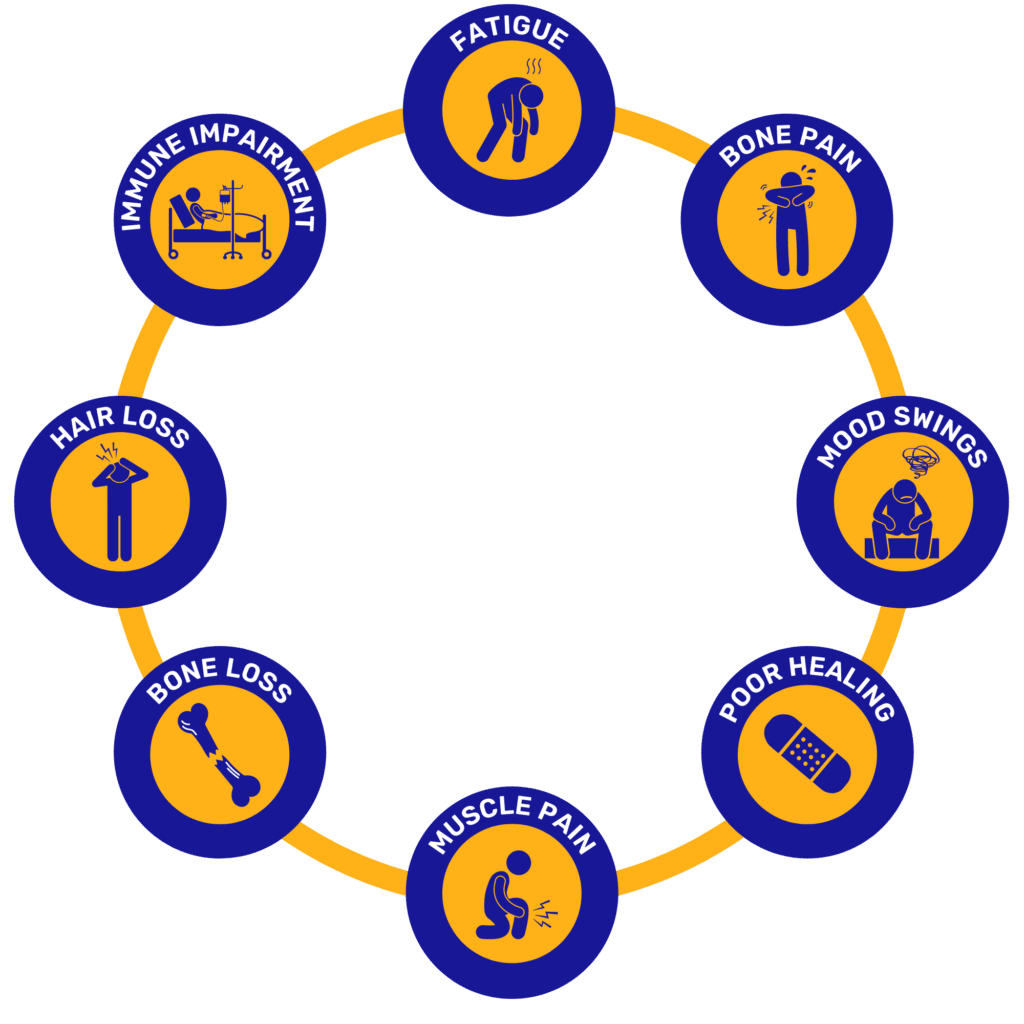
Low Vitamin D levels have been associated with:
- Depression
- Poor Mood and Irritability
- Teeth issues, Brittle Bones, and Arthritis
- Muscle Weakness, cramps
- Poor Lung Function
- Chronic Pain & Inflammation
- Weak Immunity and Poor Appetite
- Prostate, Breast, and Other Cancers.
- Calcification & Calcium Deposits
- Poor Magnesium Levels
Low Vitamin D and “Autoimmune Conditions” Including Rheumatoid Arthritis…
Several studies have shown that individuals who were exposed to UVB radiation to increase the intake of Vitamin D in the body resulted in decreasing the risk of developing Rheumatoid Arthritis by 21%. This study was conducted over several years with a total of 106,368 women who experienced chronic inflammation and pain. (Check out the Study Here)
Another study showed 100 patients with rheumatoid arthritis disease and 84% of the patients were Vitamin D deficient compared with 16% of them whose ranges were normal. The patients whose Vitamin D levels were lower had higher disease activity and worse overall symptoms than those with adequate or higher Vitamin D levels. After UVB light exposure, those patients noted a decrease in inflammation and a greater sense of overall well-being. (Check out the Study Here)
Muscles Starve in the Absence of Vitamin D
By now it should be clear that Vitamin D is far from being just a simple “bone vitamin” as most of the population is taught. According to several studies, it is actually a secosteroid and has already been shown to affect nearly every metabolic and immune process as well as virtually all diseases. Vitamin D has been shown to have an anti-catabolic effect on muscles, as well as protective effects on the liver against the harm caused by excess cortisol.
This specific study demonstrates that Vitamin D has an even more basic metabolic function when it comes to muscular health by allowing the muscles to uptake the glycogen stored inside them. As the study shows, without proper amounts of Vitamin D levels, the muscles synthesize a proportionate amount of glycogen, but cannot utilize it. This creates a state of “glucose deficiency”, which stimulates the release of cortisol and muscular atrophy/breakdown, even if there is sufficient energy being stored inside the muscle.
Georgi Dinkov (Code name: Haidut) speculates that this could be one of the mechanisms implicated in type II diabetes. What he is saying is that even if there is plenty of glycogen stored in the muscles, there still could be very low levels of muscle protein synthesis and even sarcopenia.
One thing to keep in mind is that since Vitamin D is primarily stored in fat tissue, overweight people may need 2-3 times higher daily doses in order to bring blood levels back within the normal range. If a doctor recommends 2-3,000 IU daily to a deficient, obese, or even overweight person, then the effective dosage could be increased to around 10,000 IU daily (not medical advice).
Another thing to mention is that Georgi and Ray Peat fans (like us) in general are super adamant about supplementing with Vitamin D and showcase several studies proving the efficacy of utilizing Vitamin D supplementation regularly. We are not necessarily against it; we just prefer alternative means via sunlight and Vitamin D lamps.
Vitamin D Supplementation
We are not going to venture deep today into Vitamin D supplementation specifically, but there is plenty of evidence proving that supplementation isn’t quite black and white. You see, many individuals promote the notion that we can simply just pop a Vitamin D supplement to help regulate our levels. Even though supplementation can be beneficial and even potentially “life-saving”, this is not always true. Supplements (even Vitamin D supplements) can cause far greater harm to our body in the long term if we are not careful with our research and what/how much we choose to intake.
Instead, we must consider the fact that light is associated with greater Vitamin D levels. Therefore, being exposed to proper amounts of light at the right times of the day (30 minutes within sunrise, and 30 minutes within sunset, even midday as well) will do so much more for your Vitamin D levels than simply popping a pill. Keep in mind, we don’t always understand the depth of the chemistry behind the composition of some of these supplemental forms. There are many reputable chemists, scientists, and doctors discussing and debating the efficacy of supplemental (oral) Vitamin D.
How Do We Restore Our Vitamin D Levels?
So, with all this back and forth among the scientific community, how do we begin restoring our Vitamin D levels?
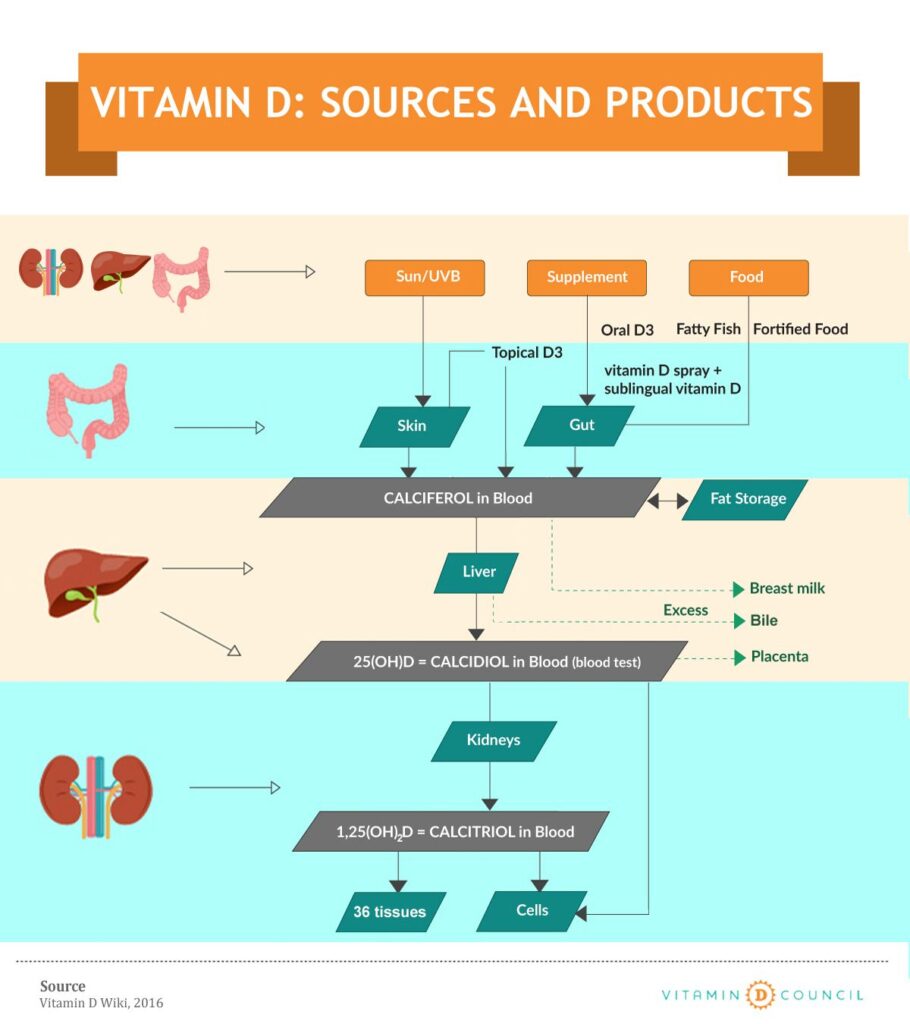
Some foods naturally contain Vitamin D. These are predominantly animal foods, but these take large amounts of consumption to maintain optimal D levels.
The only supplemental form of Vitamin D we can recommend would be a topical solution sold by Georgi Dinkov, which is promoted by Dr. Ray Peat. Supplements can be a great option, but since Vitamin D is typically made by our bodies, you may not absorb the full amount of the supplement required, if any at all. Some “specialists” even suggest that since our food is fortified with Vitamin D, we should just eat these toxic forms of Vitamin D sludge added into our drinks and food. We prefer safer, more efficient methods for getting Vitamin D.
If you are trying to increase your Vitamin D saturation levels more naturally, the science does show that we should aim to get around 10-30 minutes of midday sunlight several times per week. Vitamin D is the only vitamin that can (and should) be naturally made by our bodies. The only issue is that most “specialists” suggest we should utilize some form of chemical or heavy mineral to block/reflect the sun’s natural rays (i.e., sunscreen). That is purely external speculation that ignores the possibility of the internal relationship of the body’s environment or how it relates and manifests itself on the external environment.
We all can develop a solar callus, and as mentioned earlier, the best way to achieve this is to begin exposing your body and eyes to early morning sunlight (30 minutes within waking hours). The sun is less intense and harsh in the waking hours. If you are extremely fair-skinned and easily prone to burning, then you would want to acquire most of your sunlight during the early morning and the evening hours.
Using a Sun Lamp
If you are trying to get Vitamin D the natural way, but have to work indoors during the day, or perhaps you are homebound or live in an area that does not allow much sunlight, then a home sunlamp like we purchased (The Sperti Vitamin D Sunlamp) is a perfect, convenient option for you. This lamp replicates the sun’s UVB output allowing your body to create its own Vitamin D.


The Sperti Vitamin D Sunlamp has four special bulbs (1000-hour bulb life) that produce roughly 80% UVB rays and 20% UVA. UVB is actually what triggers Vitamin D synthesis in your skin. UVA is what produces melanin in your skin (Tanning). Sperti states that their Vitamin D Sunlamp does not have enough UVA output to tan your skin. This is actually why we also purchased their Fiji Sunlamp (75% UVA 25% UVB) alongside their D lamp.
One thing to mention is that UVB has a wavelength of 320-290 nm, and UVA has a wavelength of 400-320 nm. UVA rays penetrate deeper into the layers of the skin, which can cause sunburn.
Sperti claims that each five-minute session you perform generates roughly 2,300 IUs (International Units). The best part about this claim is that it isn’t just a claim. They provide the results of peer-reviewed studies showcasing the efficacy in increasing 25(OH)D3 levels in healthy adults with “Fitzpatrick skin types II and III” after just a few sessions over a 4-week period. Check the study out here!
Conclusion
In conclusion, we have to take a bird’s eye view of WHY we are experiencing fatigue, mood swings, and more during these winter months, or even outside of these winter months. As we mentioned earlier, increasing your Vitamin D levels is not as simple as popping a pill. You may have to change your lifestyle, your environment, your nutrition, or perhaps invest in tools that help create efficiency in your life.
With that being said, we have noticed tremendous benefits from using both the Sperti Vitamin D Lamp and Fiji Sun 3-5x/weekly around midday. It’s great because you can use these lamps while working on the computer, eating, or reading. If you have any questions always feel free to leave a comment!
In Christ,
Nick & Nathan
References
- https://www.sperti.com/wp-content/uploads/2017/08/sperti.pdf
- https://europepmc.org/article/med/23380431
- https://pubmed.ncbi.nlm.nih.gov/21114806/
- https://raypeatforum.com/community/threads/muscles-starve-waste-in-the-absence-of-vitamin-d.44771/
- https://pubmed.ncbi.nlm.nih.gov/34877816/
- https://raypeatforum.com/community/threads/vitamin-d-deficiency-impairs-muscles-by-lowering-energy-production.40955/
- https://www.biorxiv.org/content/10.1101/2020.05.15.098087v1
- https://www.eurekalert.org/news-releases/497517
- https://pubmed.ncbi.nlm.nih.gov/33862598/
* This post contains affiliate link(s) or codes. An affiliate link or code means I may earn advertising/referral fees if you make a purchase through my link, without any extra cost to you. It helps to keep our small business afloat. Thanks for your support.

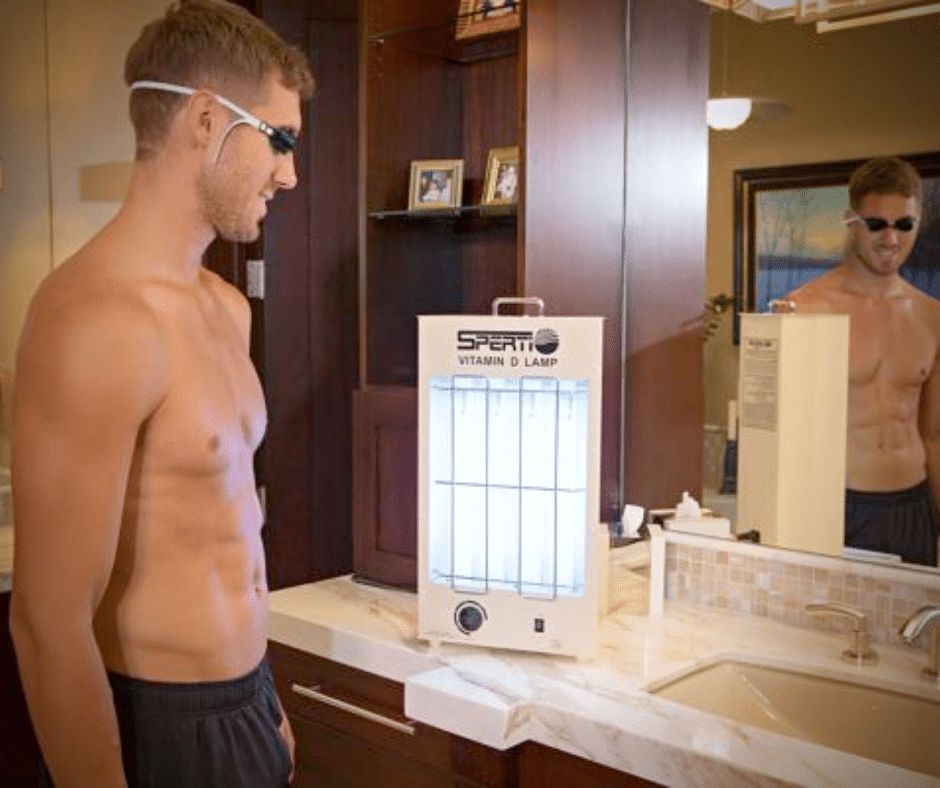

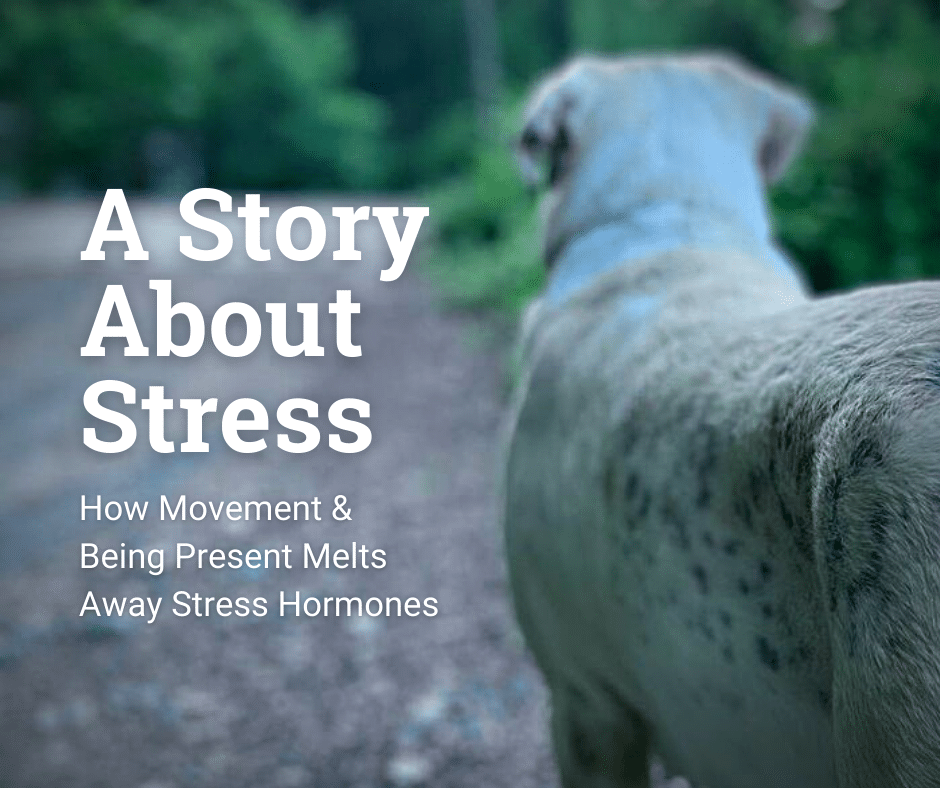

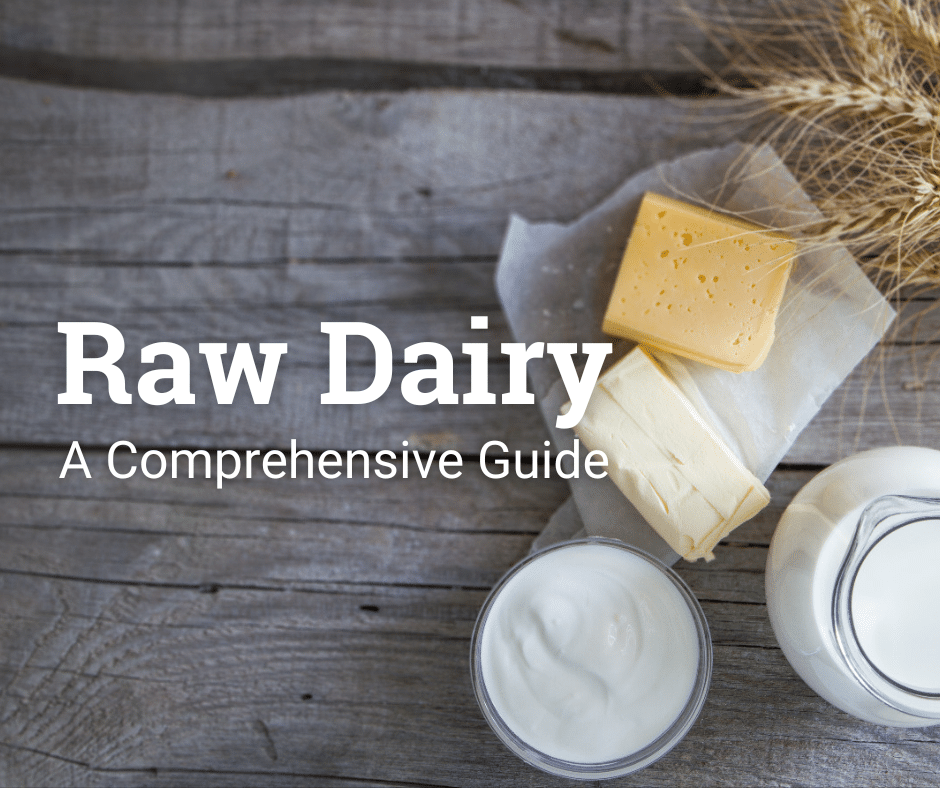
Thanks for the great article. Can you explain the reasoning behind needing the Fuji Sun lamp (UVA dominant) in addition to the Sperti Lamp (UVB dominant)? It’s only explained here that UVB is what triggers Vitamin D synthesis and UVA is what causes a tan. Why would you need the Fuji Sun lamp besides just for cosmetic purposes? Thank you.
We purchased the Fuji Sun Lamp for its ability to help tan our skin during the winter months. Your skin creates a tan as protection for when you are out in the sun for long periods of time. Otherwise, you can sunburn much more easily. So, we purchased the Fuji lamp in order to maintain a tan when we are more limited indoors.